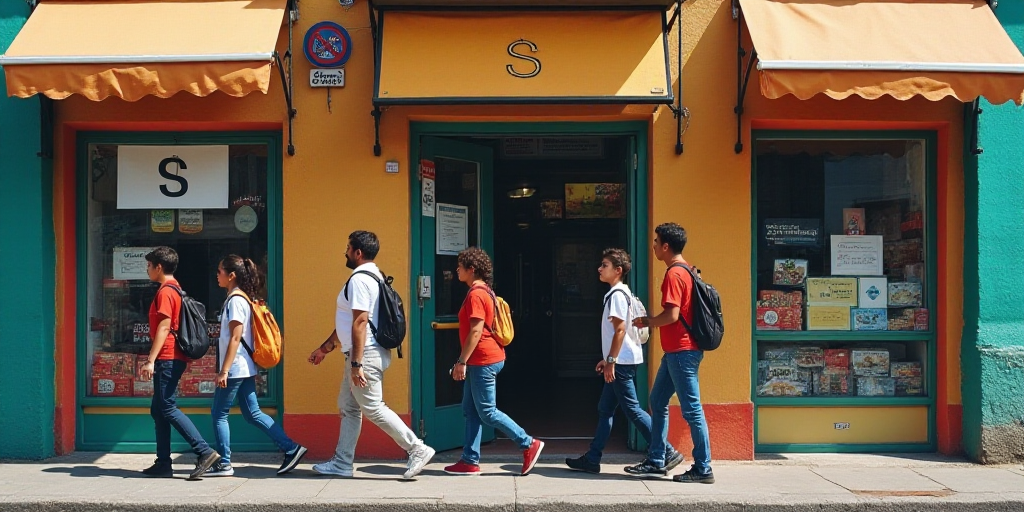Introduction
Juan José Li, Senior Economist at BBVA, has forecasted a decline in remittances to Mexico for the current and next year. The key factor behind this prediction is the stagnation in the number of remitters, which reached its peak in 2023 and 2024.
Background on Remittances to Mexico
Remittances play a crucial role in Mexico’s economy, with approximately 62.5 billion USD received last year. However, the proposed 5% tax on remittances in the US Congress is expected to reduce this amount by around 1.5 billion USD.
Currently, Mexican migrants in the US are responsible for 97% of registered remittances to Mexico, with around 4 million holding US citizenship (including three million green card holders) and millions more being second or third-generation immigrants.
Factors Affecting Remittances
- Stagnant Number of Remitters: The growth in the number of Mexican remitters has slowed, with the base of senders reaching its maximum in 2023 and 2024.
- Weakening Family Ties: Over time, the commitment of Mexican migrants to send remittances may diminish due to family members moving, parental deaths in Mexico, or spousal separation.
- Increased Migration from Other Regions: Despite the slowdown in Mexican remittances, migration from the Caribbean, South America, and Central America to the US continues to rise.
Impact of the Proposed 5% Tax on Remittances
The proposed tax would primarily affect undocumented workers, who constitute 35.8% of the Mexican population in the US. Last year, around 30 billion USD of remittances were sent by undocumented workers in the US.
Li estimates that most remitters will find alternative channels for sending money, potentially leading to increased bank transfers. However, there is a risk that some may resort to informal channels linked to organized crime.
Bank Transfers: A Competitive Opportunity
Li sees a “genuine opportunity” for Mexican families to adopt bank transfers due to the proposed tax. The increased cost of sending remittances through informal channels may encourage more people to use formal banking services.
- Higher Costs: The cost of sending 400 USD will rise from six to 32 USD with the new tax, making bank transfers more attractive.
- Risks of Informal Channels: There is a concern that some remitters may turn to informal channels, such as purchasing gift cards or acquiring products in Mexico through intermediaries.
Potential Consequences of the Proposed Legislation
BBVA’s senior economist warns that the proposed legislation could destroy a highly competitive and regulated market, leading to the growth of a significant informal market.
Moreover, remittance recipients are not limited to the poorest households; they are distributed across all social strata. Nevertheless, 55% of remittance recipients rely heavily on their income since they currently pay for healthcare services, mainly at pharmacies.
Key Questions and Answers
- What is causing the predicted decline in remittances to Mexico? The stagnation in the number of remitters, with the base of senders having reached its peak in 2023 and 2024, is the primary reason for the forecasted decline.
- Who will be most affected by the proposed 5% tax on remittances? The tax is expected to primarily impact undocumented workers, who make up 35.8% of the Mexican population in the US.
- What are the potential consequences of the proposed legislation? The legislation could lead to the destruction of a competitive and regulated remittance market, fostering the growth of an informal market linked to organized crime.






